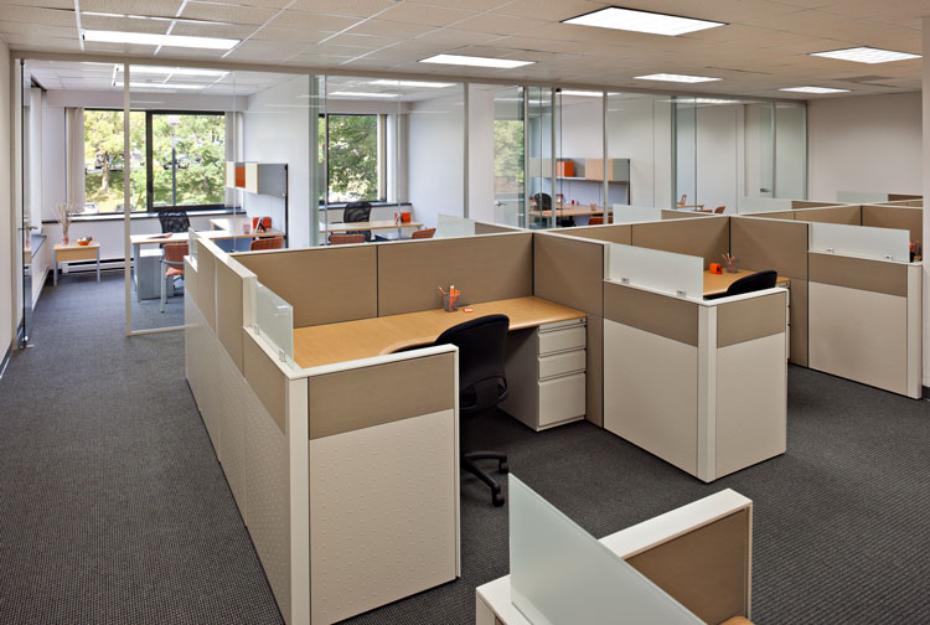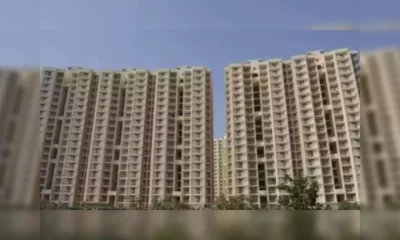Guest Column
Mumbai residential property – striking a balance




It is important to understand exactly where the problem actually lies – in high property price or high ticket size? While property prices are largely location-driven, ticket size is a combination of size of the apartment and property price. As per the developer community, there is not much possibility of reducing the prices attached to locations.
The answer seems to lie in developing projects with smaller apartments. But what made developers focus on larger configurations in the first place? The answer can be found in the past.
Demand type drives supply type
There are two types of buyers – those who believe locational advantage is more important than larger sized apartments, and those who believe the opposite. The former opted to compromise on size and continued to live in the same locations. The latter, with the objective of living in larger apartments at relatively lower ticket sizes, moved to the suburbs and extended suburbs.
However, this second class of buyers – while achieving the primary objective – also compromised on their standard of living. Not the least of the backlash was long and uncomfortable daily commutes between home and work place.
Understanding buyer requirements, developers started focusing on apartment configurations of 2-BHK and above. Larger configurations help developers to provide better amenities within and outside the apartment, and consequently to charge corresponding premiums. Such properties also require a lower number of buyers compared to smaller apartments.
LESS THAN 1/4TH OFFERING IN LOWER CONFIGURATION
The formula crumbles
This strategy worked well till 2008, as the absorption more or less equalled launches. However, between 2003 and 2008, property prices increased substantially and ticket sizes for the same configurations went beyond the common man’s reach. Post 2008, property prices rose by another 36 per cent.
Due to this, a buyer who could buy a 2-BHK in Mumbai within a budget of Rs 80 lakh in 2008 needed to shell out another Rs10 lakh to buy just a 1.5-BHK. Similarly, the cost of a 1.5 BHK in 2008 equals that of a 1 BHK today.
Another problem was that smaller-configuration apartments were available largely in the suburbs and extended suburbs. This affected senior citizens who had spent their entire life in the Island City. Meanwhile, existing structures became increasingly more dangerous to live in, even as families grew in size.
Lack of sufficient options with smaller configuration forced these individuals and families into suburban and extended suburban locations during a phase of life in which life is ideally supposed to be easier rather than harder.
Fast forward to today
Today, developers are faced with a reduced demand for larger apartments, and the option of reducing property prices is limited. The only strategy open to them is to focus more on smaller apartments and offer reduced prices to the extent possible.
While nothing can be done about non-selling larger configurations but reduce prices or sit indefinitely on unsold inventory, the fact is that new developments must be configured for smaller sized units, and therefore greater affordability, if the Mumbai residential market is to see a significant revival.
(The writer is COO, Business, JLL)
-



 News3 weeks ago
News3 weeks agoKW Delhi 6 Mall Onboards New Brands
-



 News3 weeks ago
News3 weeks agoManasum Senior Living Launches IKIGAI GOA, A Senior Living Community in North Goa, in collaboration with Prescon Homes
-



 News2 weeks ago
News2 weeks agoGodrej Properties Sells Rs 3k cr+ Homes of Godrej Zenith, Gurugram, within 3 days
-



 News3 weeks ago
News3 weeks agoBridging India Divide: Top 5 Tier- 2 Cities to Focus On
-



 News3 weeks ago
News3 weeks agoCommercial Realty Gets Tech Savvy: Fast Construction, Enhanced Convenience
-



 News3 weeks ago
News3 weeks agoMultipoint Connection – A Definite Boon
-



 News2 weeks ago
News2 weeks agoRBI’s Status Quo on Key Policy Rates to Help Maintain the Real Estate Growth Momentum, Say Industry Stalwarts
-



 News3 weeks ago
News3 weeks agoSacred Cities See a Retail Boom as Spiritual Tourism Surge: CBRE Report





















